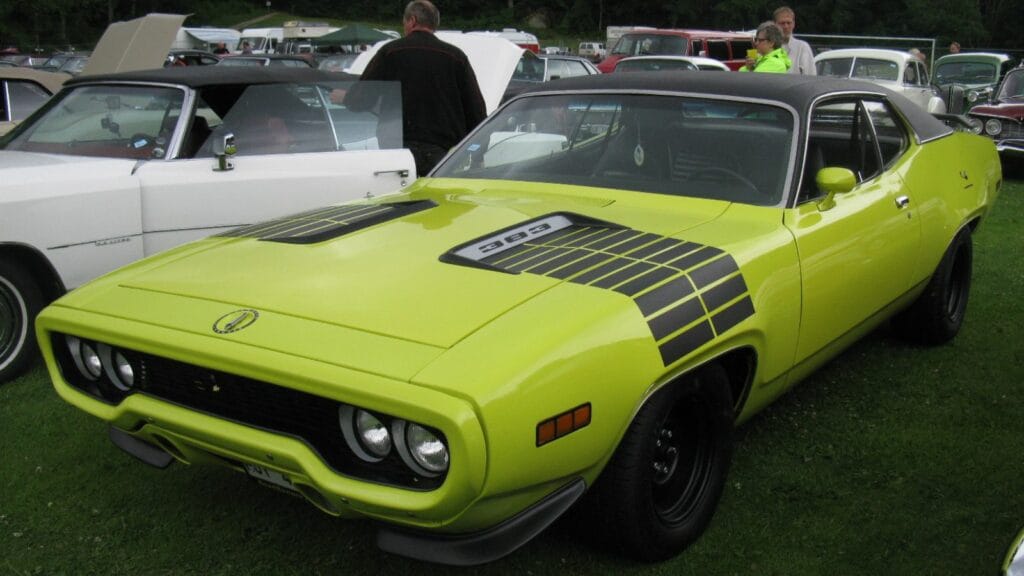Muscle cars are meant to scream power, performance, and style. Yet every so often, an automaker fumbles the design ball and produces something that makes enthusiasts scratch their heads. Some of these cars had the power to back up the name, but the styling? That was another story. Here are 20 muscle cars that, for better or worse, will forever be remembered for their questionable looks.
1971 AMC Matador
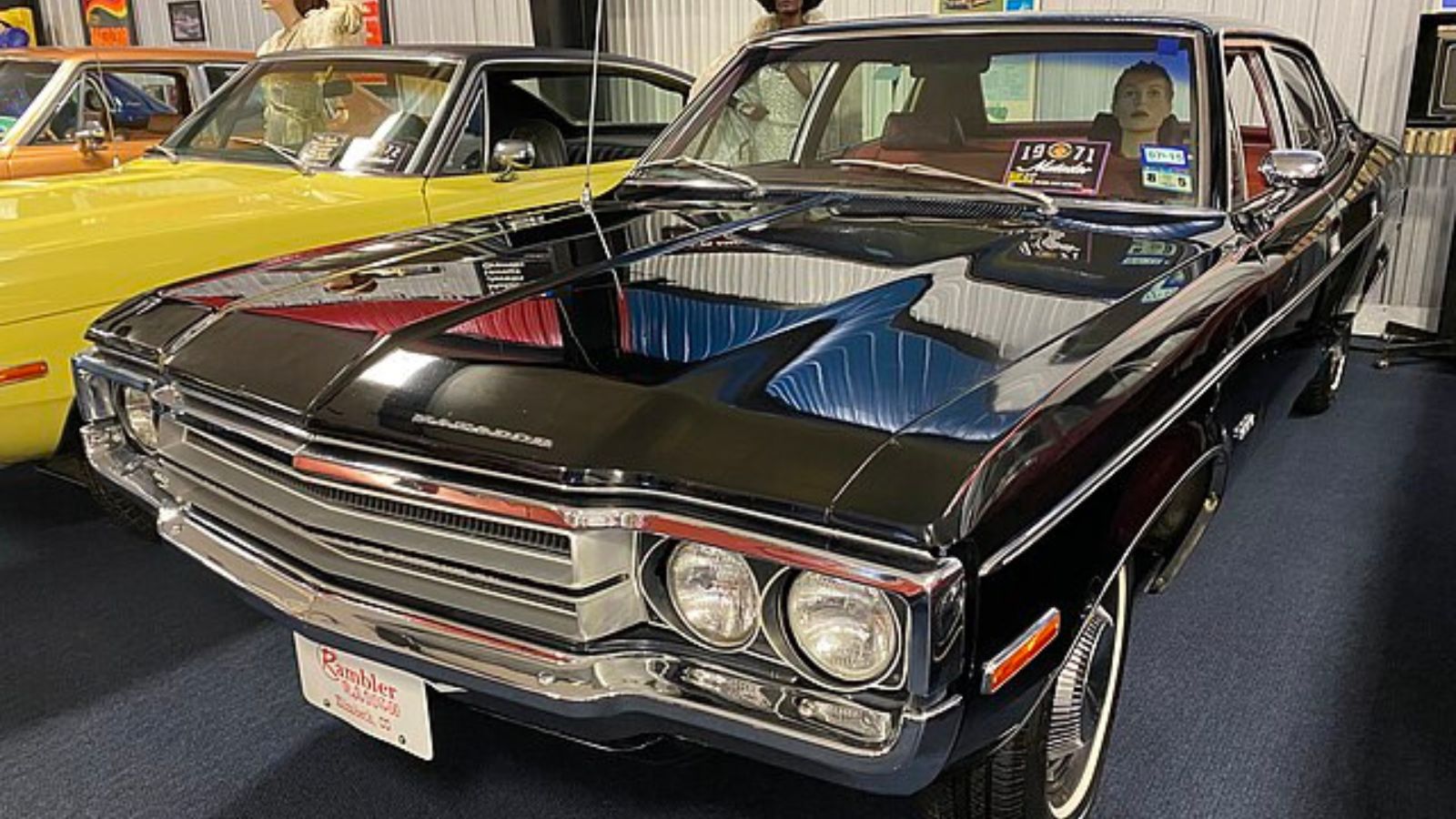
AMC always wanted to stand apart from the Big Three, but in the Matador’s case, “different” came off as awkward. Its droopy front fascia and oddly proportioned body looked like it was melting in the sun. Performance was actually respectable thanks to available V8s, but on the street it was the shape — not the speed — that grabbed attention. Collectors today remember it more as a curiosity than a coveted prize.
1974 Ford Torino Elite
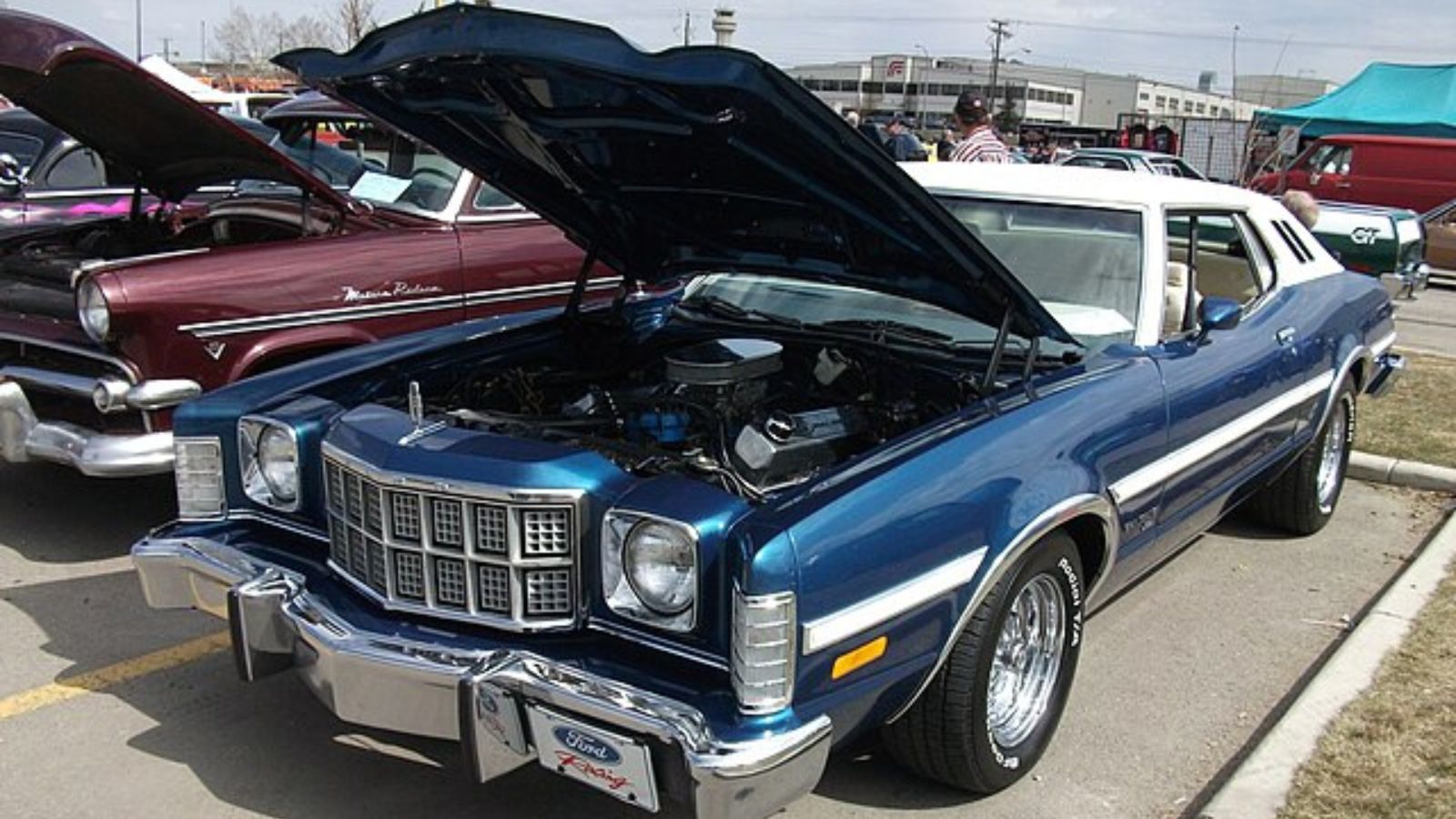
Ford’s Torino Elite was part muscle car, part personal luxury coupe, and the result was an identity crisis on wheels. The oversized chrome grille looked like it belonged on a Lincoln, while the bloated stance robbed it of aggression. Buyers could option big V8s, but the styling made the car look heavier and slower than it actually was. These days, it’s remembered mostly as a design experiment gone wrong.
1978 Dodge Magnum XE
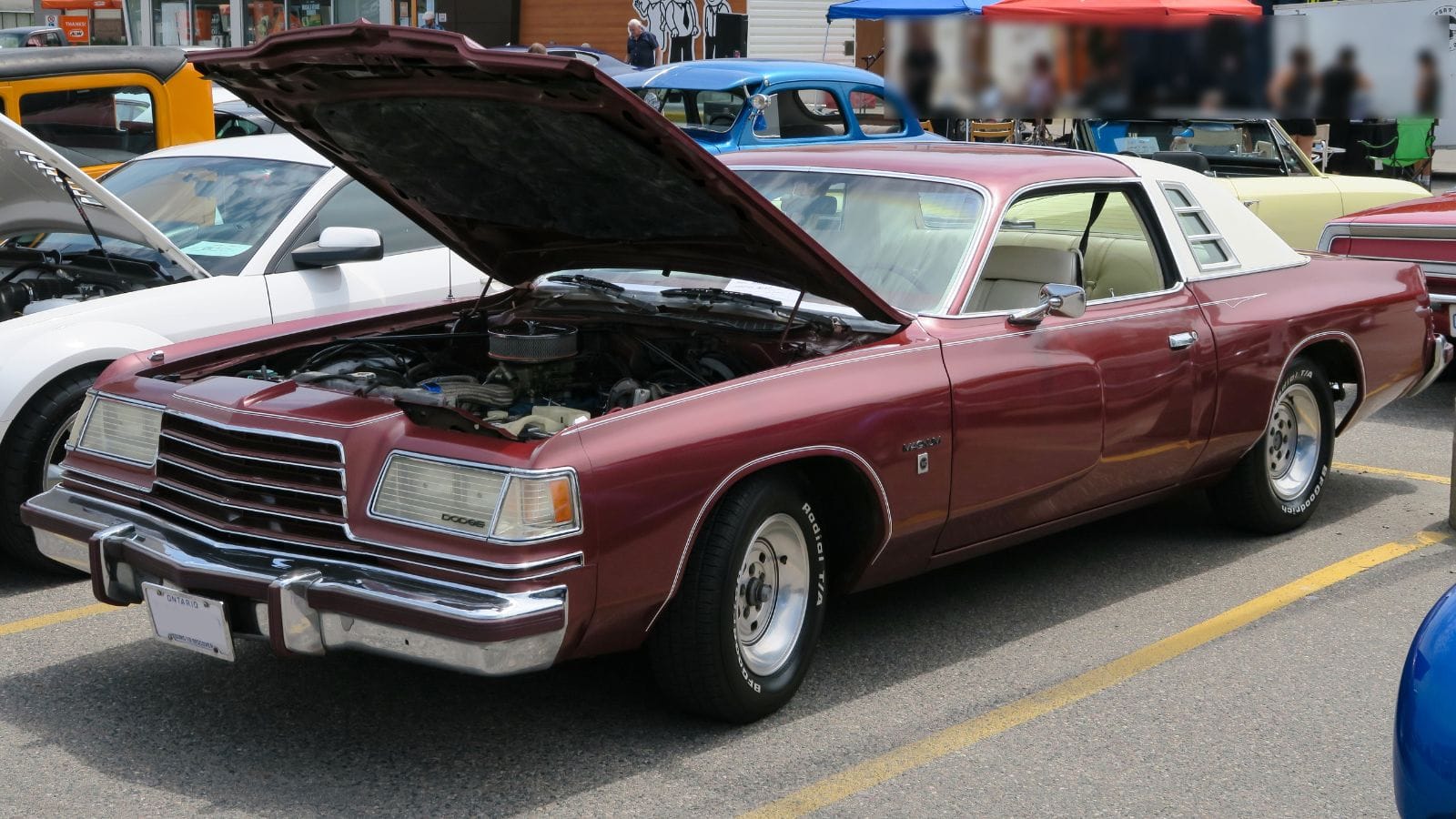
Intended to blend NASCAR flair with street style, the Magnum XE ended up looking cartoonish. The long, pointed nose didn’t mesh well with the narrow greenhouse, and the bulky proportions gave it a top-heavy feel. Underneath, a big block V8 was available, but most drivers were too distracted by the odd styling to appreciate it. It sold in small numbers, adding to its reputation as one of Dodge’s stranger creations.
1971 Plymouth Satellite Sebring Plus
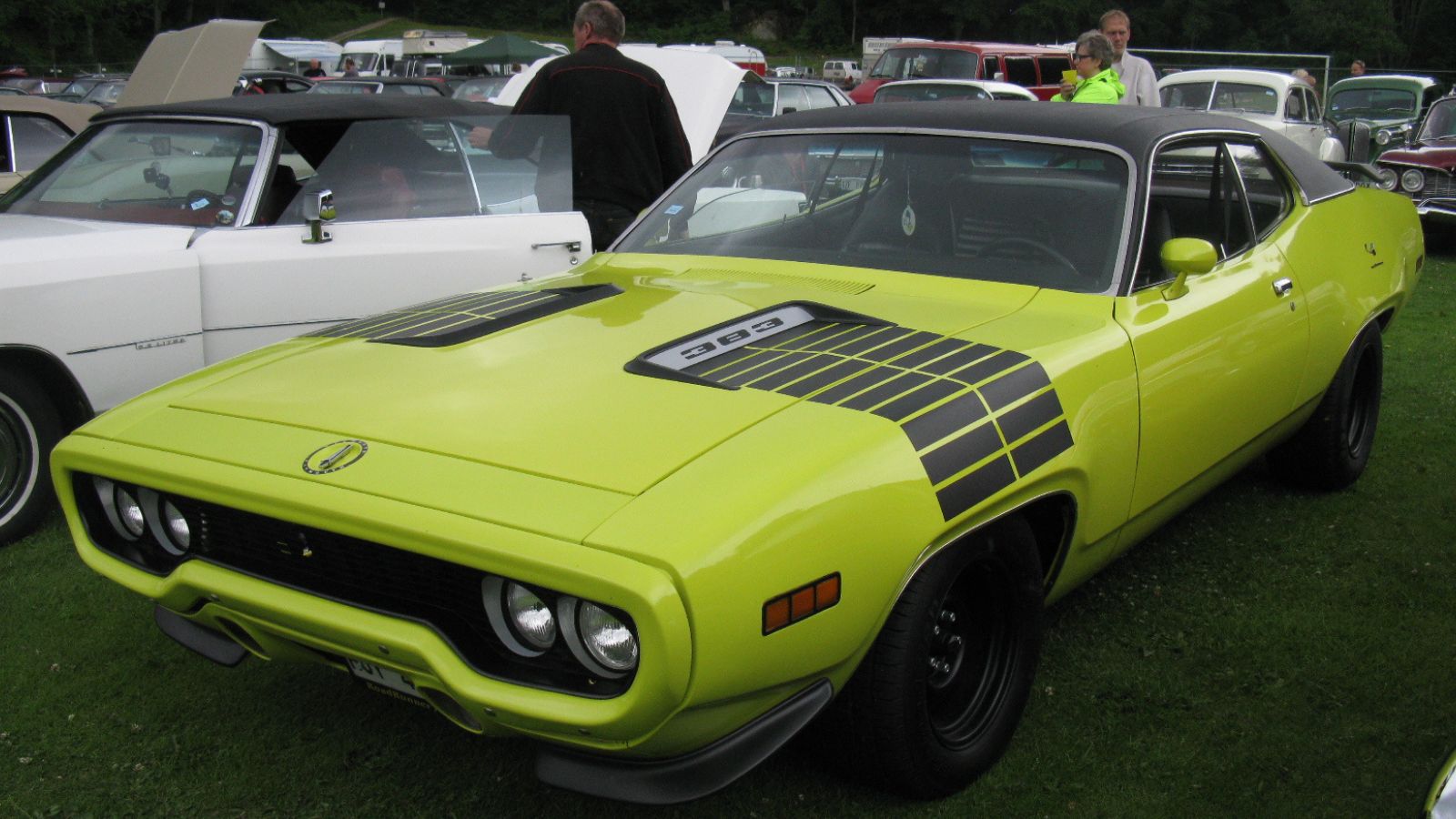
With its tall sides, narrow windows, and chunky body, the Satellite Sebring Plus looked heavier than a muscle car had any right to. Plymouth gave it decent V8 options, but its styling leaned toward bloated cruiser instead of sleek street machine. Surviving examples today get attention, but more for their period charm than their looks.
1982 Ford Thunderbird
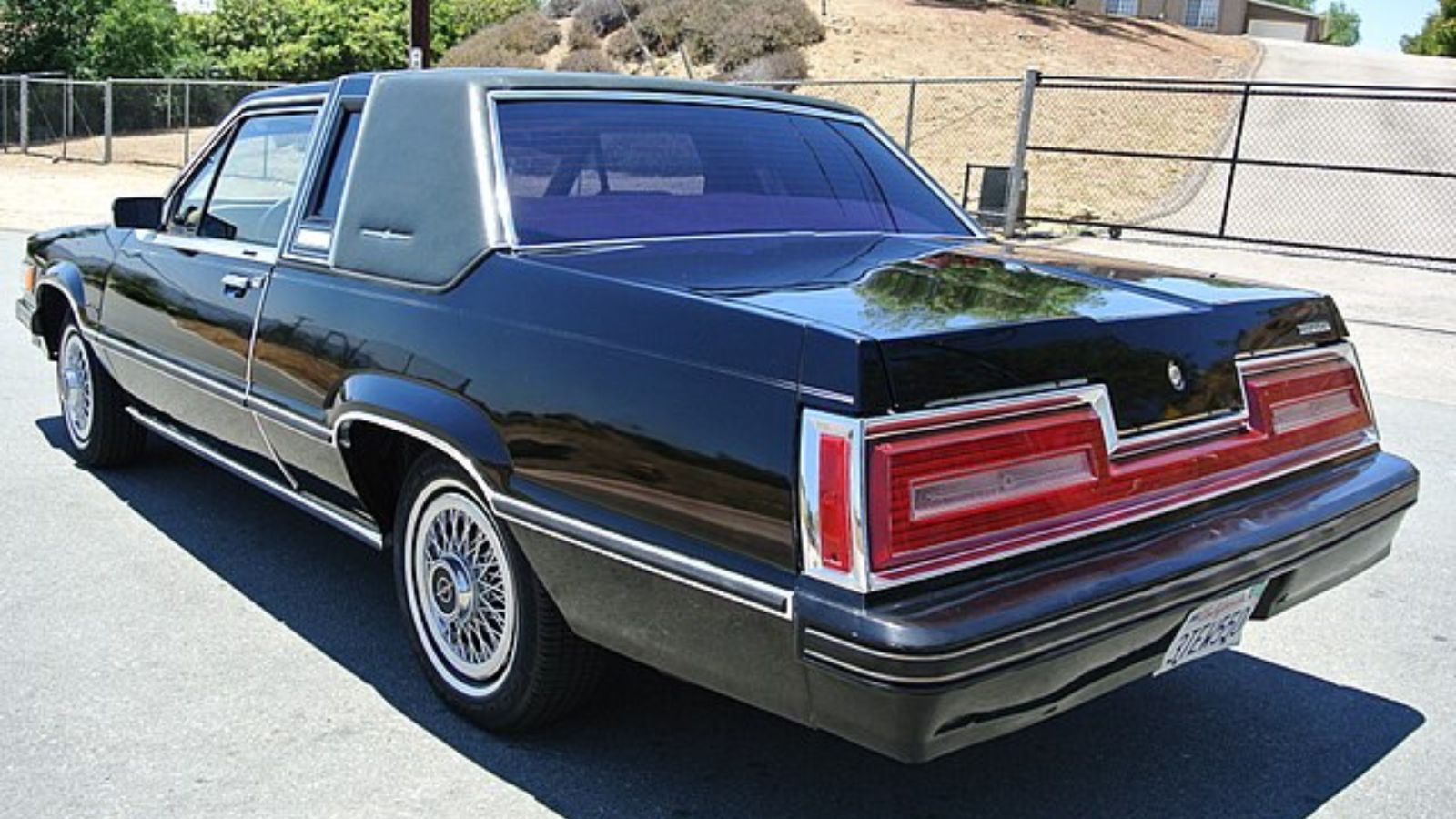
Ford’s early 80s attempt to modernize the Thunderbird stripped away the muscle car swagger in favor of blocky, generic lines. It lacked the aggressive curves of earlier models and instead looked like an oversized family sedan. Performance was underwhelming, and the design has aged poorly, leaving it as a low point in the Thunderbird’s long history.
1973 Pontiac Grand Am
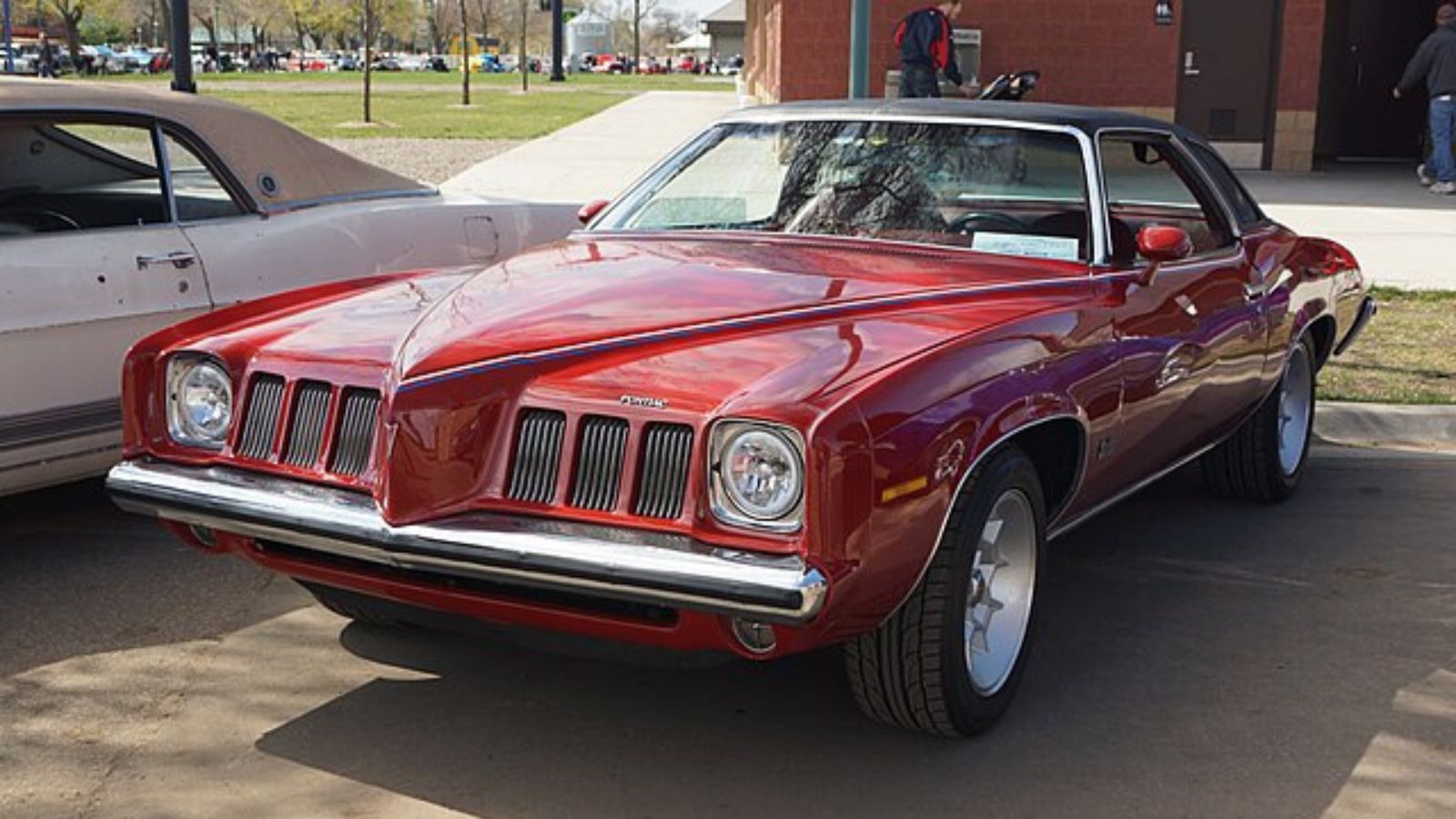
Pontiac aimed for European sophistication with the 1973 Grand Am, but the result was a busy, overcomplicated front end paired with awkward proportions. While it rode well and had solid V8 performance, the styling never resonated with muscle car fans. Today, it’s an obscure footnote in Pontiac’s performance timeline.
1977 Chevrolet El Camino Classic
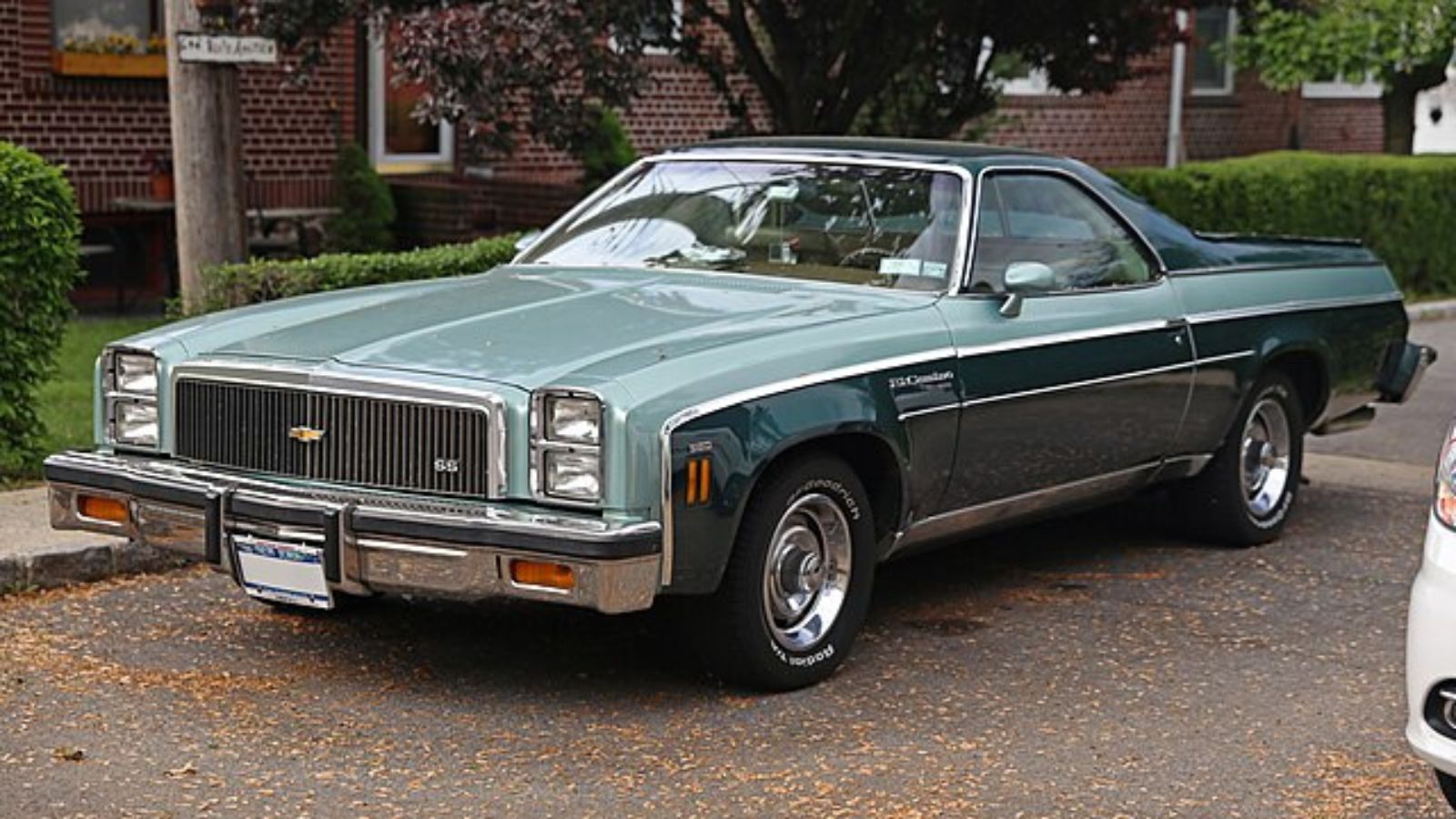
The El Camino has always been polarizing, but the 1977 Classic edition leaned too far toward awkward. The tall, squared-off nose and awkward trim gave it a confused sedan-meets-pickup vibe. Though practical and available with decent V8 power, it never achieved the tough look muscle car buyers wanted.
1981 Dodge Mirada
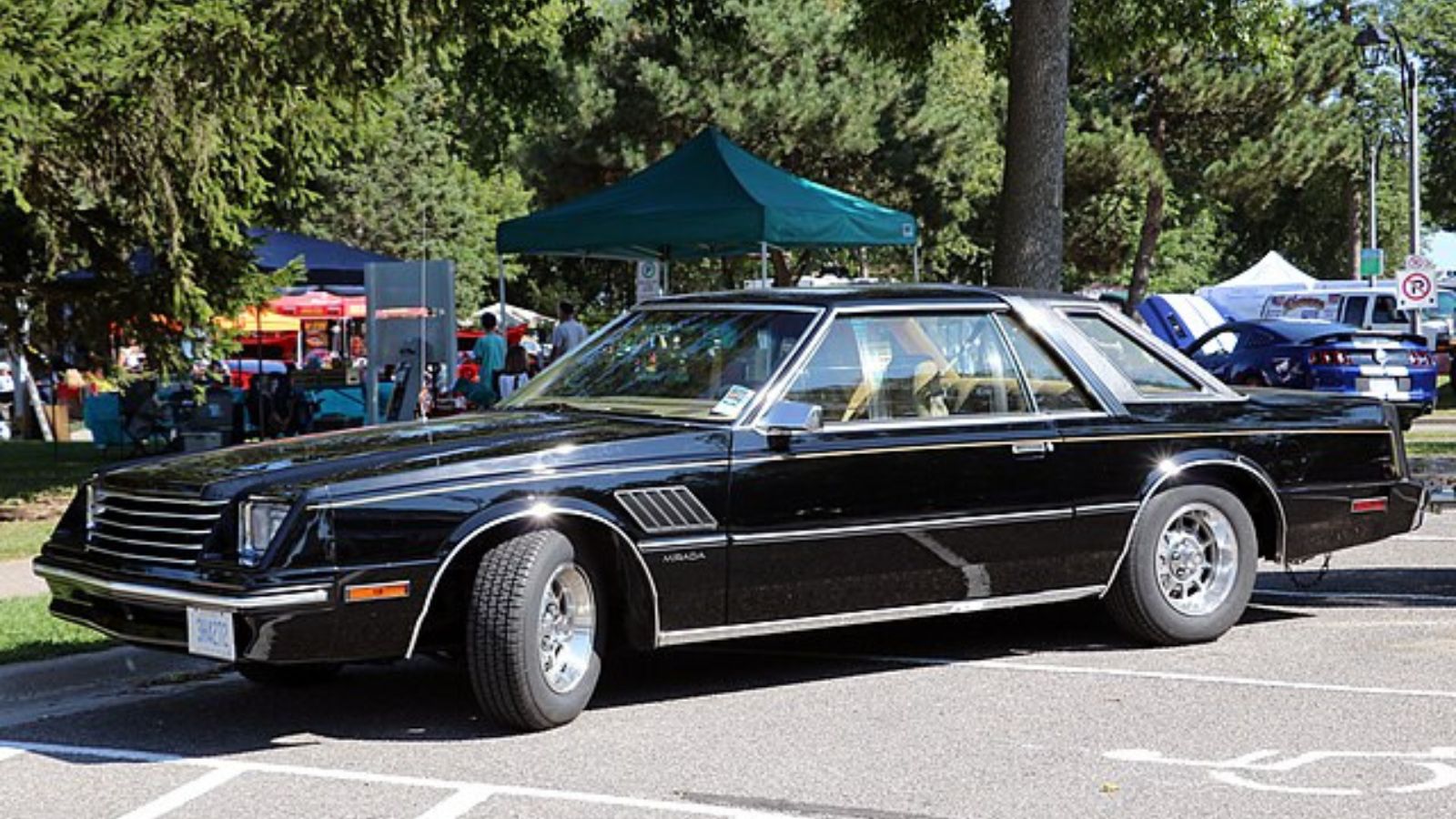
Dodge envisioned the Mirada as a personal luxury coupe with muscle car DNA, but its stubby nose, big vinyl roof, and narrow stance made it look fragile. Even with optional V8s, it struggled to win fans, and sales reflected that. Today, it’s remembered more for its rarity than its design brilliance.
1970 Mercury Cougar XR7 Convertible
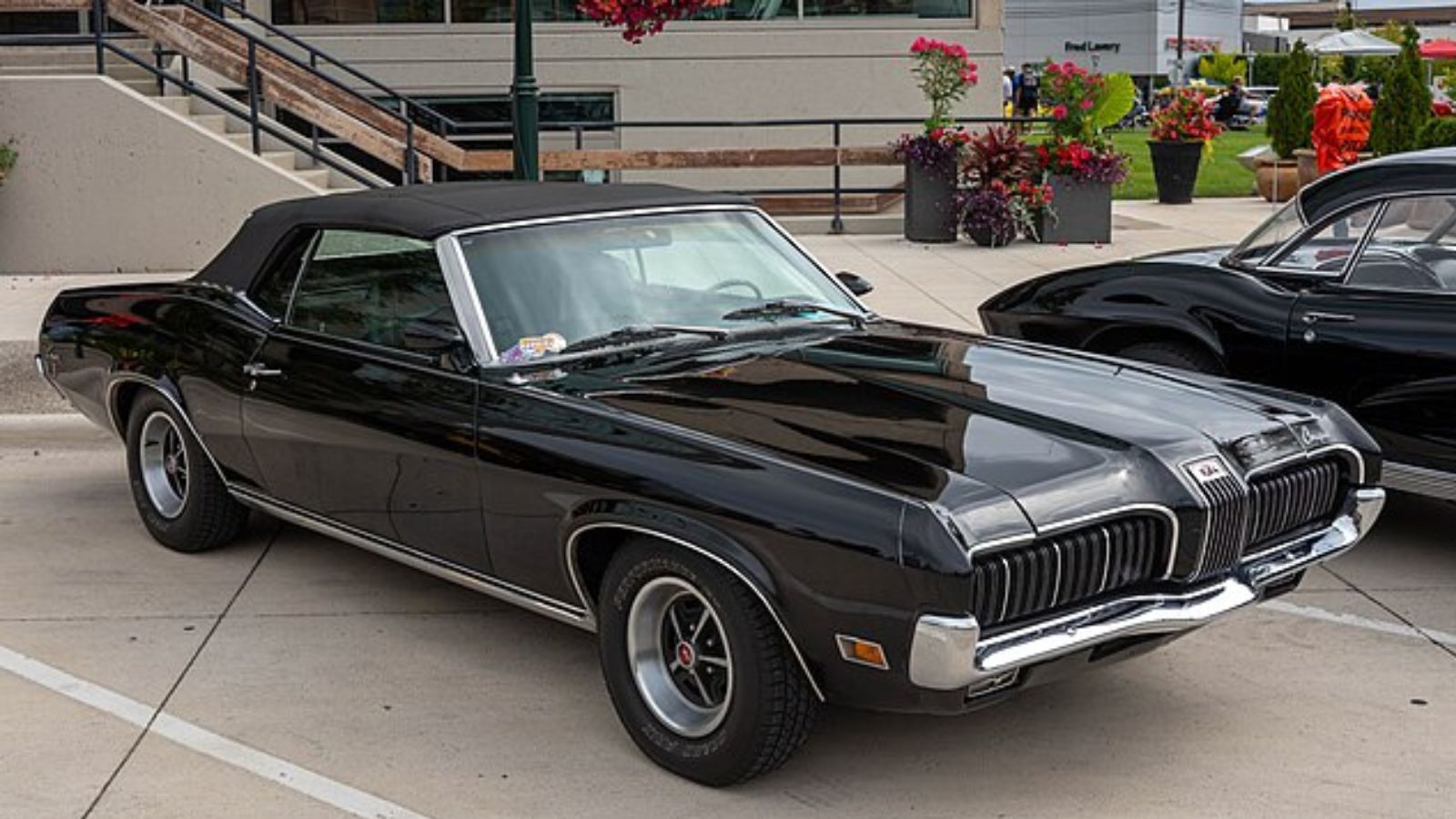
The Cougar XR7 convertible had potential, but the large bumpers, chunky lines, and heavy detailing detracted from its sporty appeal. Hardtops looked better, but the convertible’s design felt more boulevard cruiser than muscle machine. It remains a collectible curiosity for Cougar fans but not a design high point.
1974 Chevrolet Chevelle Malibu Classic
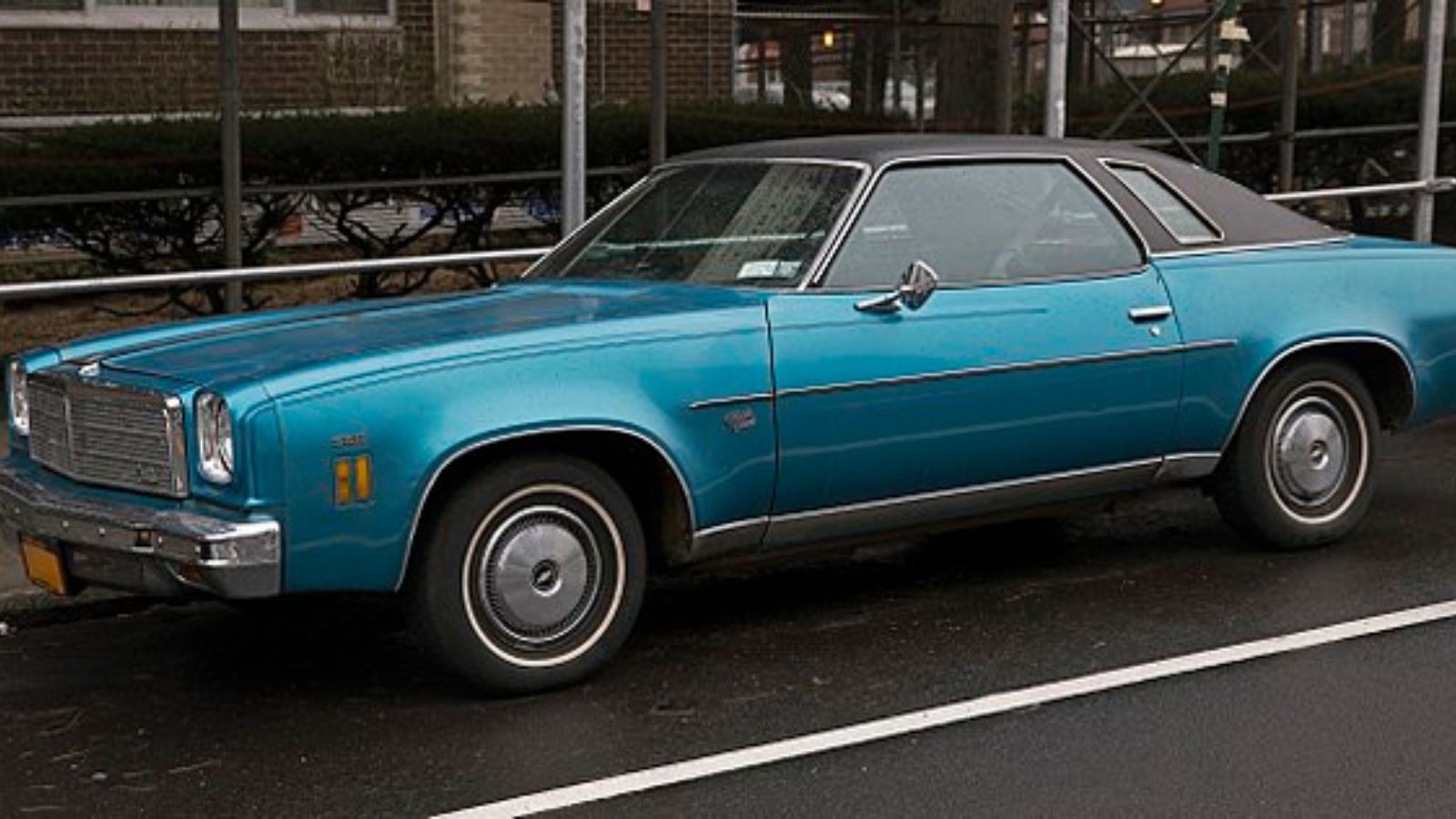
By 1974, the Chevelle had lost much of its sleekness. The Malibu Classic featured a heavy front end, slab sides, and a soft stance that made it look more like a family car than a performance coupe. The V8 options kept it in the muscle category on paper, but styling told a different story.
1987 Buick GNX (Controversial Pick)
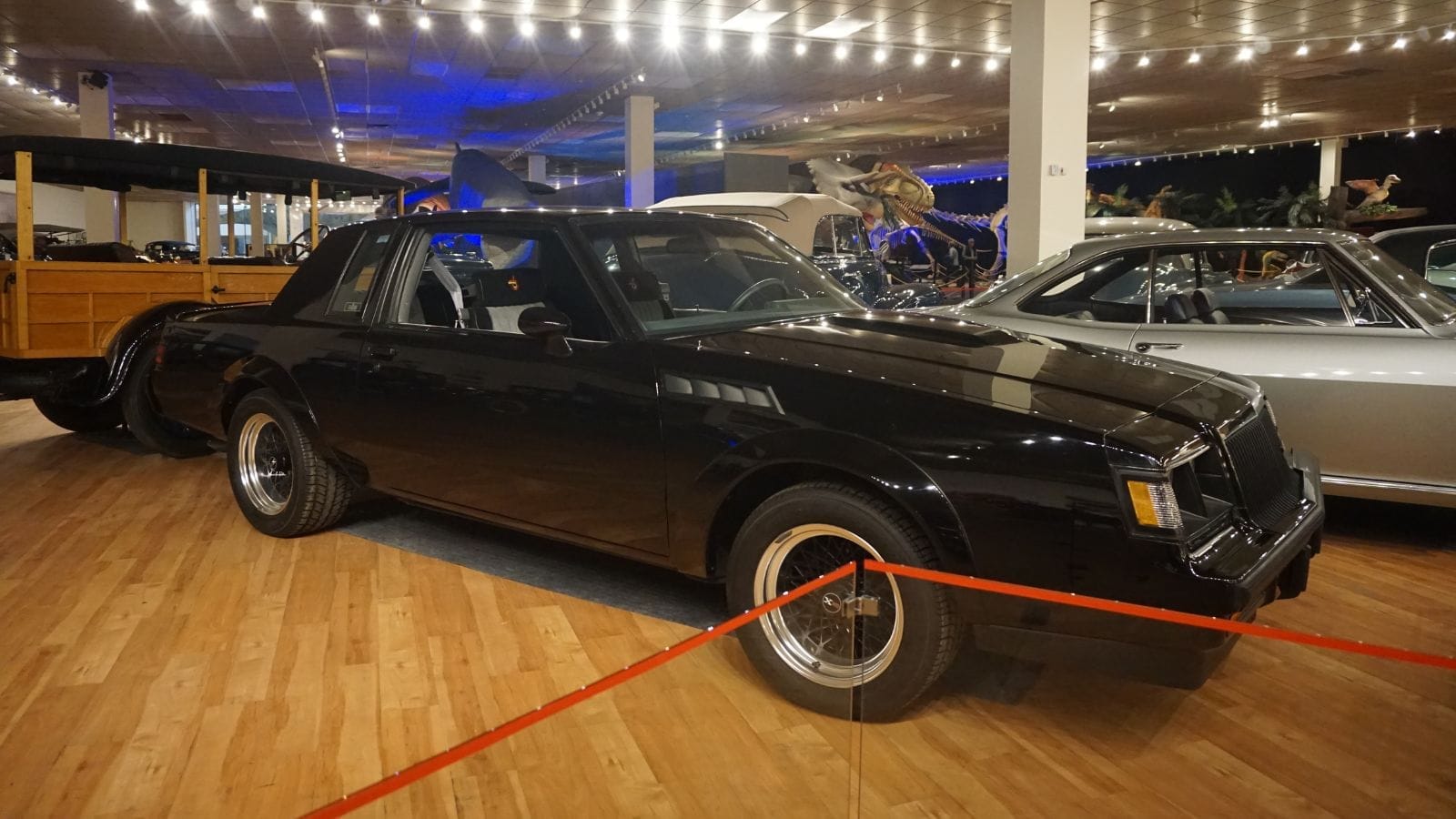
The GNX is a performance legend, but let’s be honest — it looked like a blacked-out brick. Its appeal was entirely under the hood, not in its slab-sided design. Collectors love its sleeper look now, but in its day it stood out more for speed than style.
1978 Ford LTD II Sport
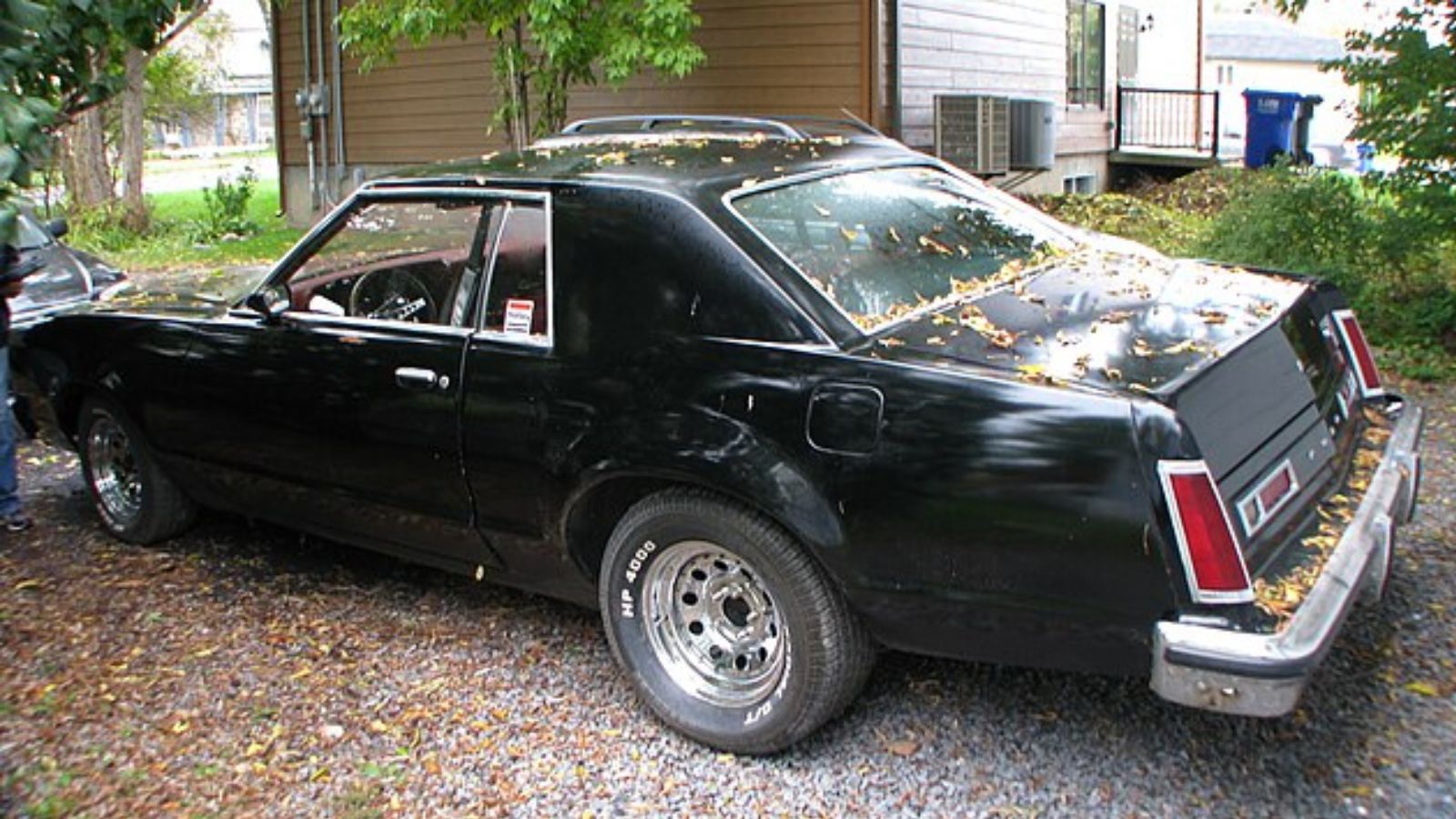
The LTD II Sport attempted to blend muscle car cues with a full-size chassis, but the result was ungainly. Long overhangs and a bulky roofline made it look less sporty and more like a sedan in disguise. While comfortable and powerful, it never won style points.
1976 Chevrolet Laguna Type S-3
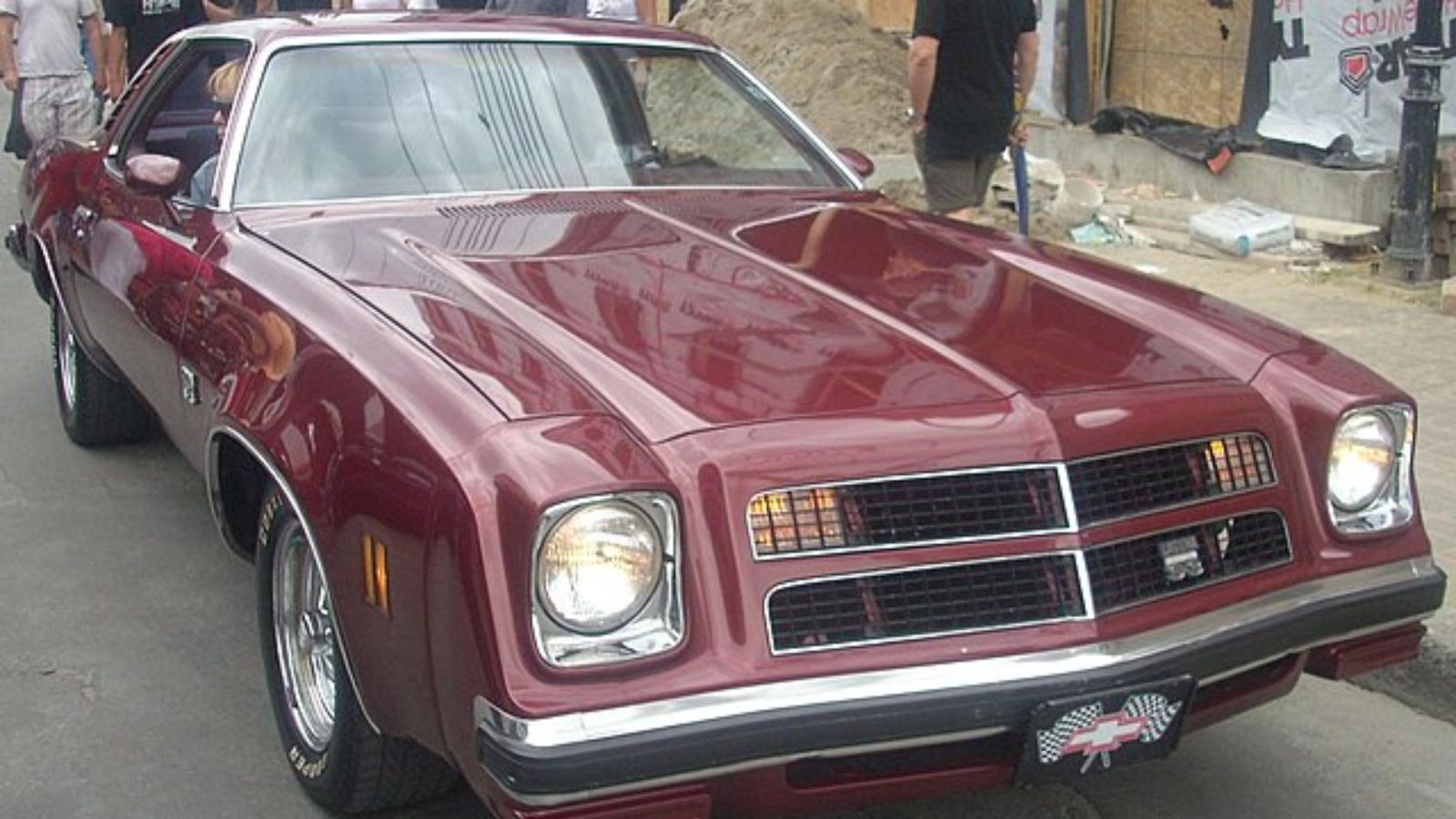
The Laguna S-3 had a distinctive rubber nose for NASCAR, but on the street it looked mismatched with the rest of the car’s lines. Heavy and large, it lacked the sleek aggression muscle car buyers expected. It’s rare now, but mostly as a collector’s oddity.
1975 Oldsmobile Cutlass Salon
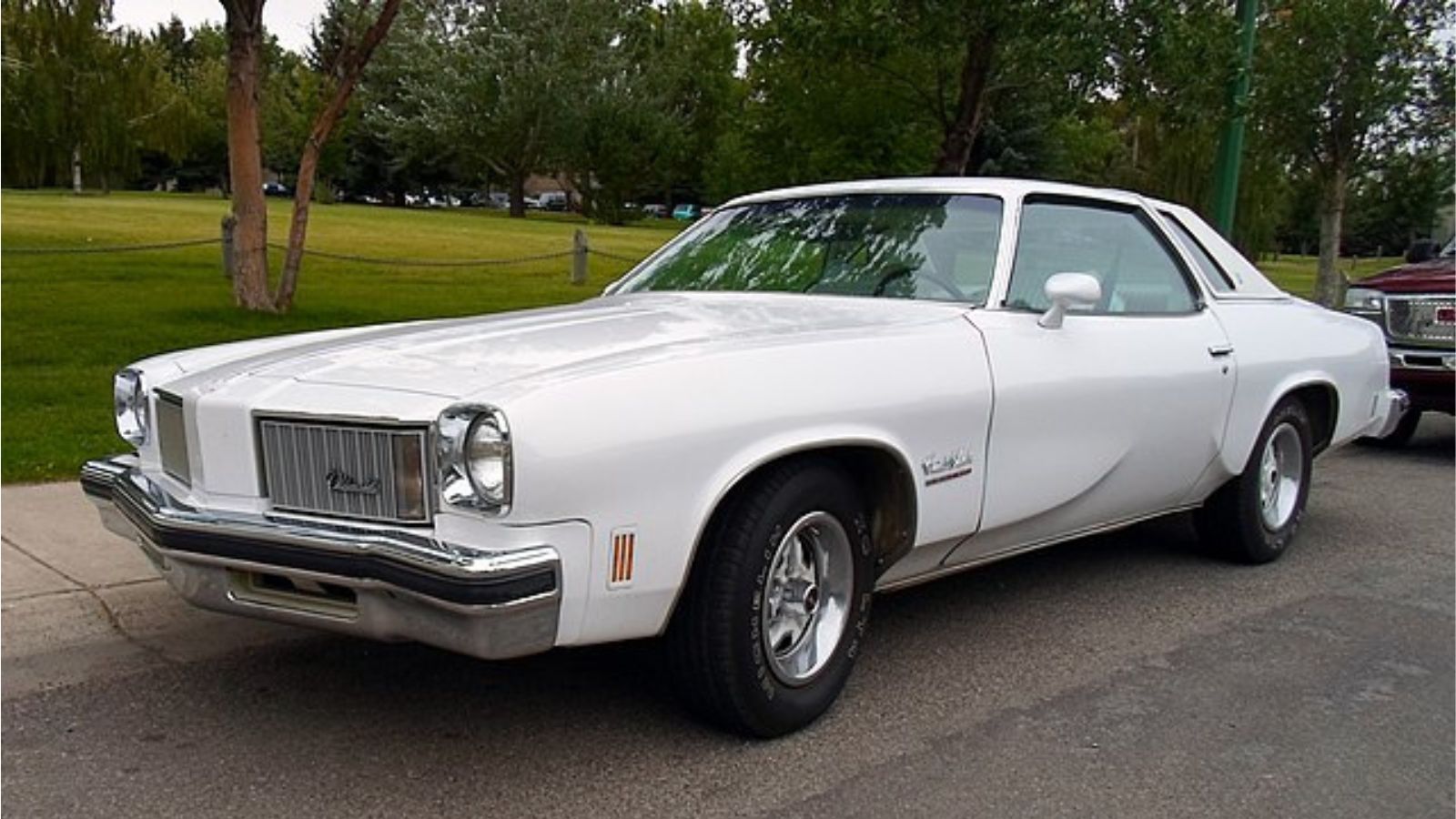
Marketed as an upscale muscle option, the Cutlass Salon added opera windows, vinyl roofs, and soft curves that erased any sense of aggression. It sold decently thanks to comfort, but style-wise it was far from inspiring.
1979 AMC Spirit AMX
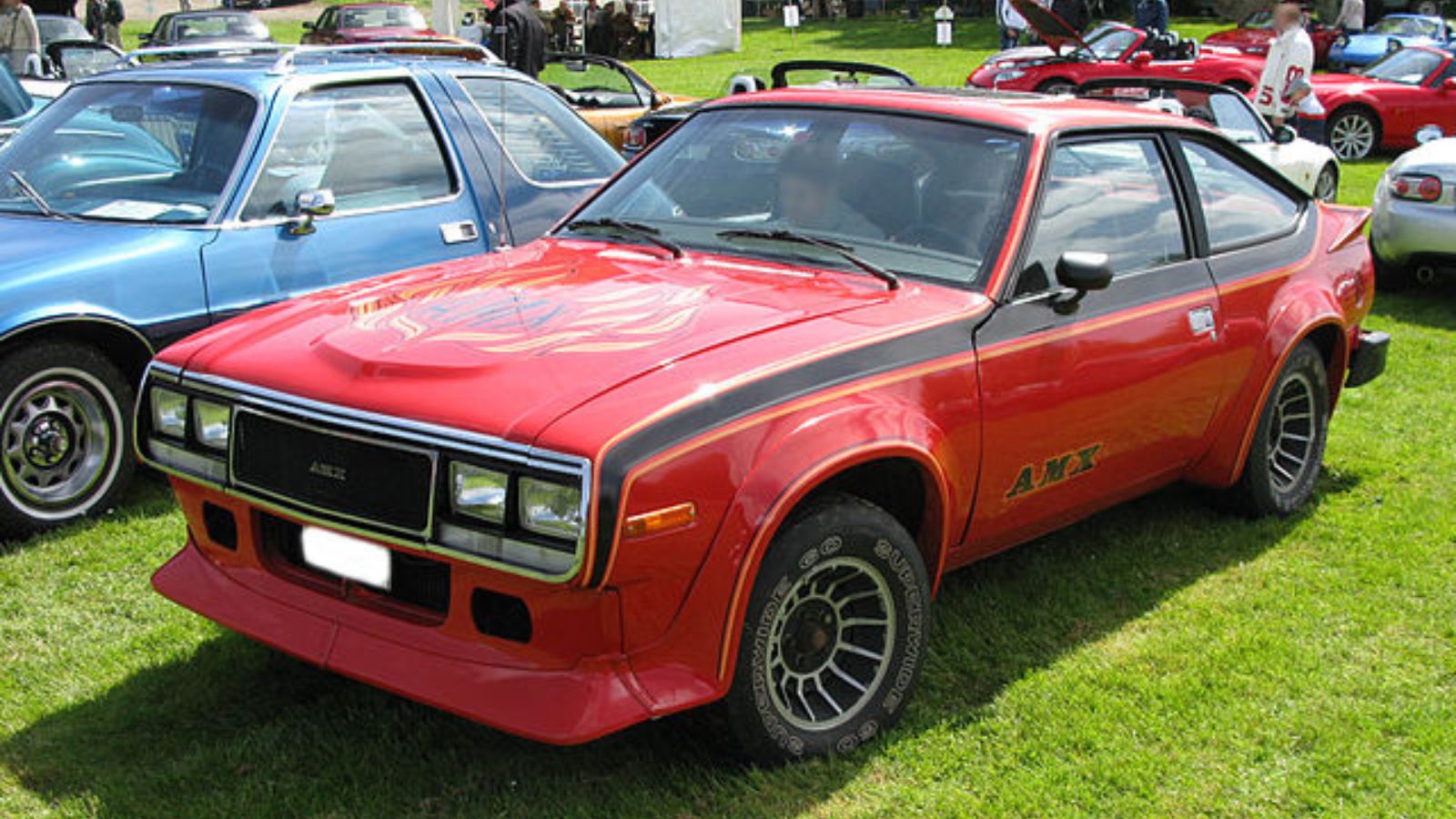
AMC gave the Spirit AMX performance upgrades, stripes, and spoilers, but at heart it was still an economy hatchback. The styling couldn’t match the badge’s history, making it feel like a budget attempt at muscle.
25 Facts About Car Loans That Most Drivers Don’t Realize

Car loans are one of the most common ways people fund car purchases. Like any other kind of loan, car loans can have certain features that can be regarded as an advantage or a disadvantage to the borrower. Understanding all essential facts about car loans and how they work to ensure that you get the best deal for your financial situation is essential. Here are 25 shocking facts about car loans that most drivers don’t realize:
25 Facts About Car Loans That Most Drivers Don’t Realize
